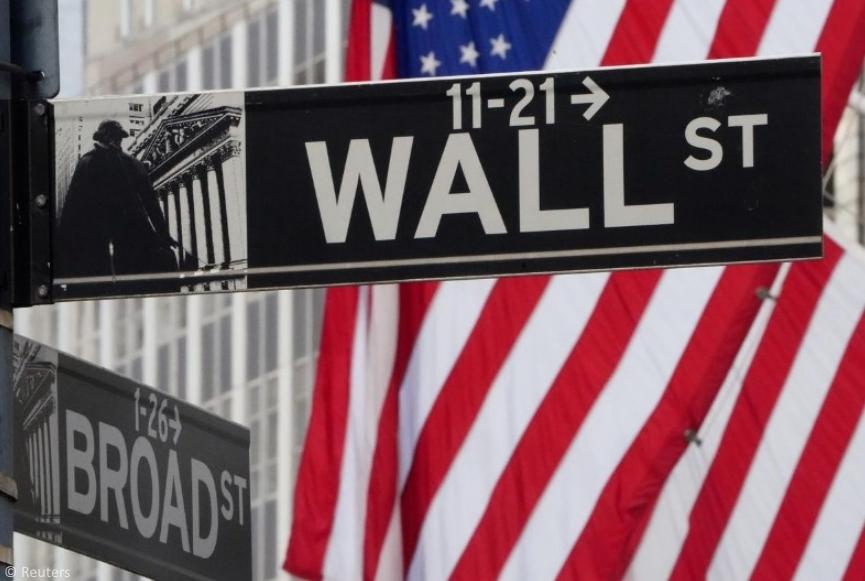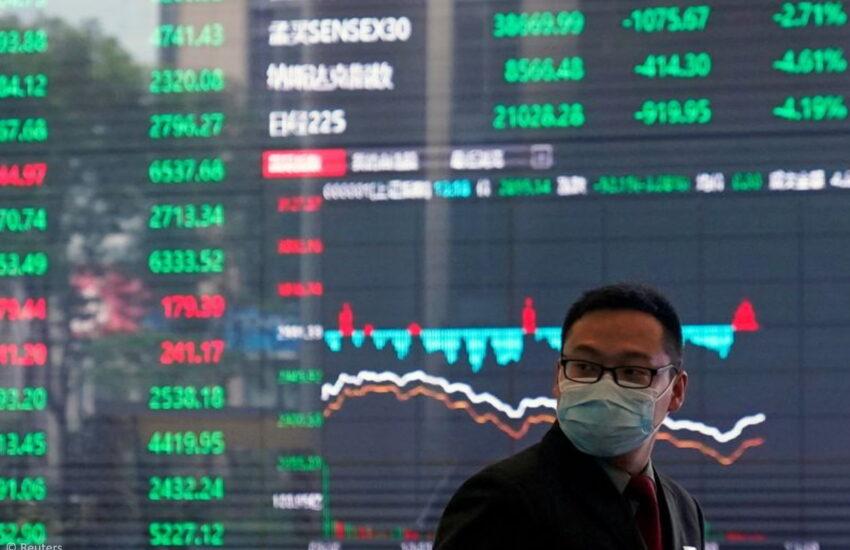Wall Street Faces a Downturn, Marking S&P 500’s Second Consecutive Losing Week
Wall Street encountered a broad decline in stock values this past Friday, rendering the S&P 500 its second losing week consecutively. The benchmark index dwindled by 1.2%, marking its initial loss in three days. Similarly, the Dow Jones Industrial Average descended by 0.8%, while the Nasdaq composite declined by 1.6%.
This downturn concluded a turbulent trading week, mirroring the existing market uncertainties. Various factors contributed to the market’s shaky performance, including concerns over rising inflation rates, fluctuating bond yields, and the potential tapering of asset purchases by the Federal Reserve. Furthermore, the ongoing supply chain disruptions and labor shortages continue to pose challenges for several sectors, inducing a ripple effect on the stock market.
Market analysts have expressed mixed reactions towards the current market scenario. While some foresee a temporary market correction, others anticipate a more prolonged period of volatility, given the myriad of economic challenges ahead.
Comparatively, global market trends exhibit a similar pattern of uncertainty. European and Asian markets have also been navigating through the waves of fluctuating economic indicators, geopolitical tensions, and the persistent threat of the COVID-19 pandemic. Amidst this global backdrop, Wall Street’s performance resonates with the overarching theme of market apprehension.
Investors and market watchers are keeping a close eye on the forthcoming economic data and policy decisions, which could potentially provide clearer market directions. The evolving market narrative underscores the importance of staying informed and adopting a well-thought-out investment strategy during these unpredictable times.




